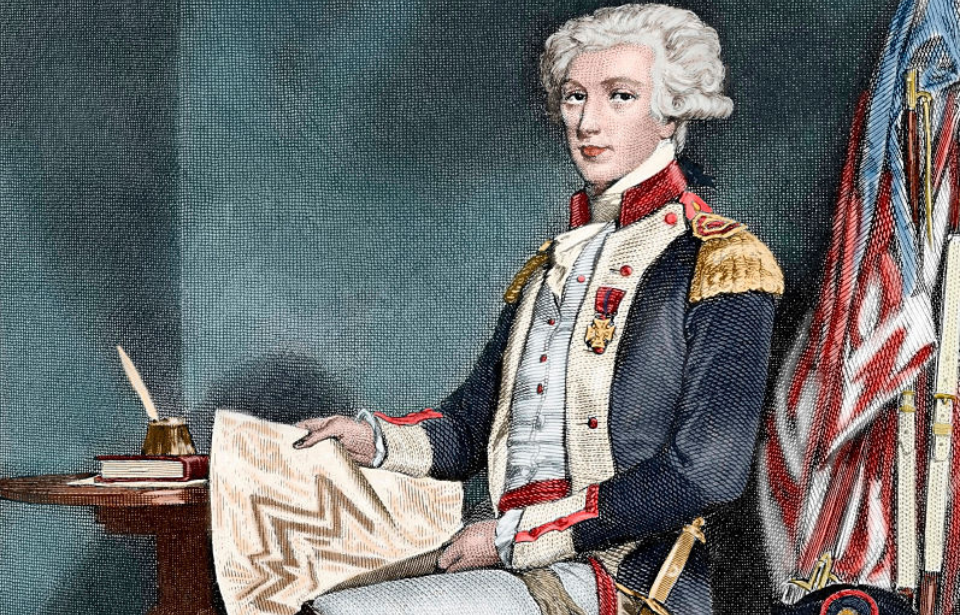There are few French historical figures who are more known than the Marquis de Lafayette. Providing invaluable support to the US forces during the American Revolution, he became known the world over for his prowess and strategic mind. While a critical part of history, this fact isn’t the most interesting thing about him – that distinction goes to him being buried in both French and American soil. How, you ask? Keep reading!
Born into a life of privilege
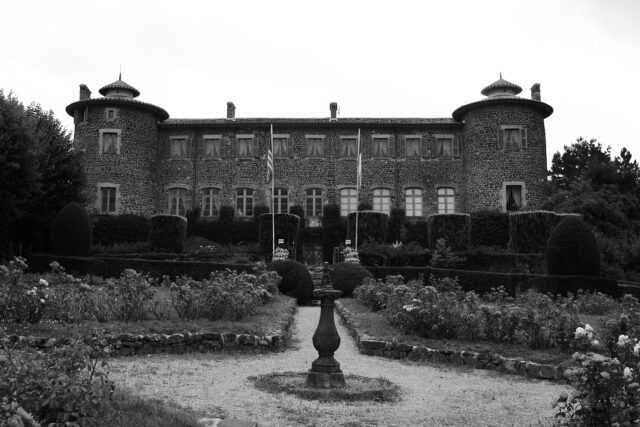
Marie-Joseph Paul Yves Roch Gilbert du Motier de la Lafayette – better known as the Marquis de Lafayette or simply Lafayette – was born on September 6, 1757, in Chavaniac, France to a family of noble military lineage.
When he was just two years old, his father died fighting in the Seven Years’ War, when a cannonball struck him during the Battle of Minden. Both his mother and grandfather died when he was 12.
In 1771, when Lafayette was 14 years old, he entered the Musketeers. His duties were largely ceremonial and he continued his studies during this time. Three years later, he married Marie Adrienne Françoise de Noailles, a member of another prominent French family.
US Revolutionary War
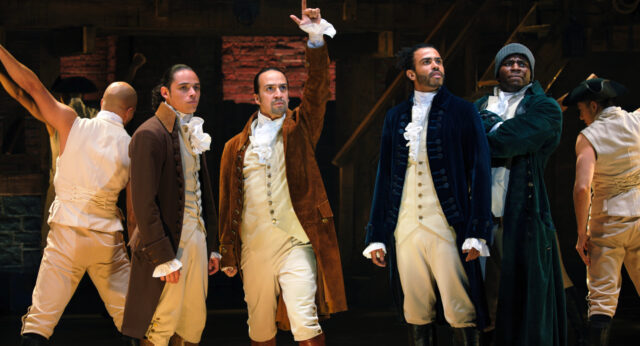
On August 8, 1775, Lafayette met the Duke of Gloucester, who spoke with sympathy about the struggles occurring in the colonies. This inspired the former to sail to the newly-declared United States of America in 1777 to join the uprising. He bought a ship with his own money and sailed across the Atlantic in what was a two-month journey.
Lafayette landed near Georgetown, South Carolina on June 13, 1777. He then traveled to Philadelphia, where he was welcomed by the Second Continental Congress, who were impressed by his passion and military ability. After offering to serve without pay, he was commissioned as a major general – but there were discrepancies in how the two entities viewed the position. Congress saw it as purely honorary, while Lafayette believed he’d be given command of a division.
Lafayette saw action during the Battle of Brandywine in September 1777, when he was shot. George Washington appealed to doctors to take particular care of him, which made the bond between the two even stronger. He also saw action during several other engagements, proving his abilities as a military leader.
He returned to France in 1779 to convince King Louis XVI to provide more troops to the American cause before, once again, crossing the ocean. Upon his return to America, he found the tides had turned against the colonial forces, who’d suffered a number of defeats.
Of the engagements he participated in following his return, the most crucial was the Siege of Yorktown, when his forces and those commanded by Alexander Hamilton broke through the British defenses, forcing Gen. Charles Cornwallis to surrender in October 1781.
A hero’s welcome in France
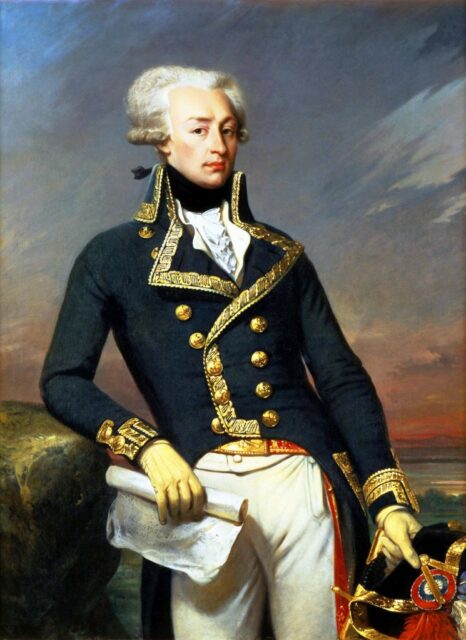
Lafayette was welcomed as a hero when he returned to France, where he was promoted to maréchal de camp in the French Army. He participated in the French and Spanish expedition against the British West Indies and also played a part in the negotiations of the Treaty of Paris.
In 1784, he visited America on George Washington’s invitation, receiving citizenship in several states, which, eventually, resulted in him being granted the status of a “natural-born citizen” upon the ratification of the Constitution in ’89.
Upon his return to France, Lafayette was perhaps the most popular man in the country. He organized trade agreements with Thomas Jefferson, the American ambassador, and also helped foment the country’s revolution. He served with the National Assembly and was the principal author of the Declaration of the Rights of Man and of the Citizen.
In July 1789, Lafayette was named the commander-in-chief of the Parisian National Guard, saving the Royal Family from the mob that formed during that October’s Women’s March on Versailles. However, he began to suffer a decline in his popularity, with an attempt on his life made during the Champs de Mars Massacre. He resigned from the National Guard by October 1791.
When war was declared on Austria the following year, Lafayette was given command of the Army of the Centre. Try as he might to meld them into an organized fighting force, the men simply refused to respect his leadership. He was subsequently transferred to the Army of the North, but the continued political unrest and the imprisonment of France’s Royal Family led to an arrest warrant being issued for him.
Lafayette was captured by the Austrians and held for five years. While Napoleon Bonaparte initially refused to allow him to return to France, he came back a few years later under a fake passport and was eventually able to regain his lost French citizen. The years that followed saw him dabble in and out of politics, as well as military campaigns, with little-to-no impact.
Buried in both French and American soil
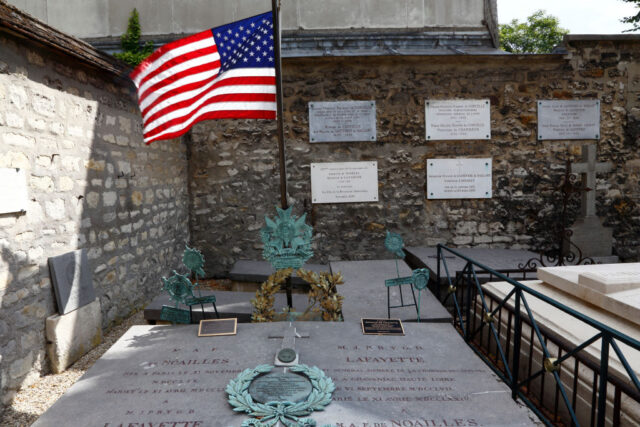
In 1824, Lafayette made a triumphant return to the US on a tour that lasted 15 months. Congress rewarded him for his efforts during the American Revolution, giving him two checks: one for $120,000 and another for $80,000. He was also given land, known as the “Lafayette Land Grant,” in Florida.
More from us: Teeth Taken From Fallen Soldiers at Waterloo Were Used to Make Dentures
Over the course of his life, Lafayette became known as the “hero of two worlds,” due to his exploits in both the US and France. Prior to his return to Europe following his grand tour, he filled a trunk with soil taken from Bunker Hill, as it was his wish to be buried in American soil. While he perished in France, his son scattered the American dirt over his remains.
Since the 1850s, an American flag has also flown over his grave.
